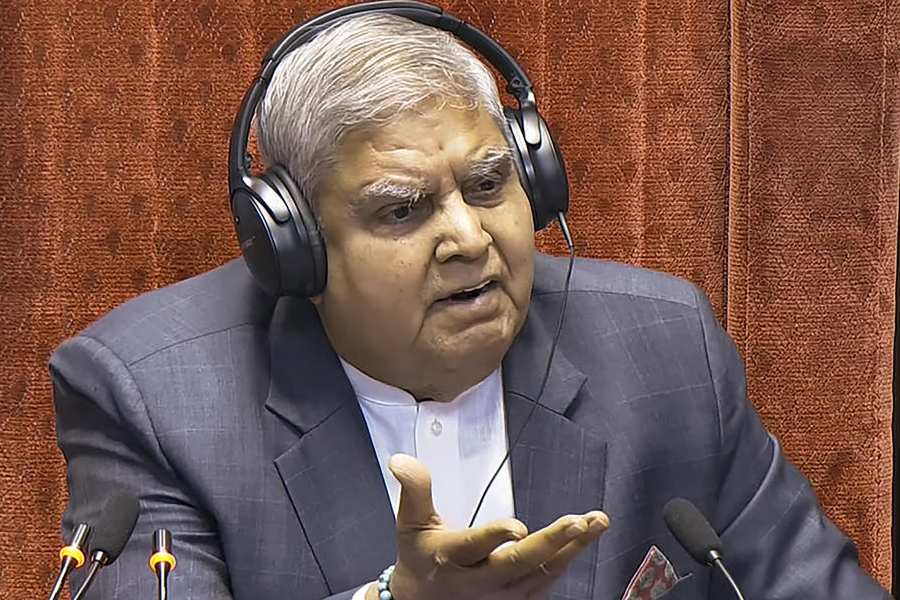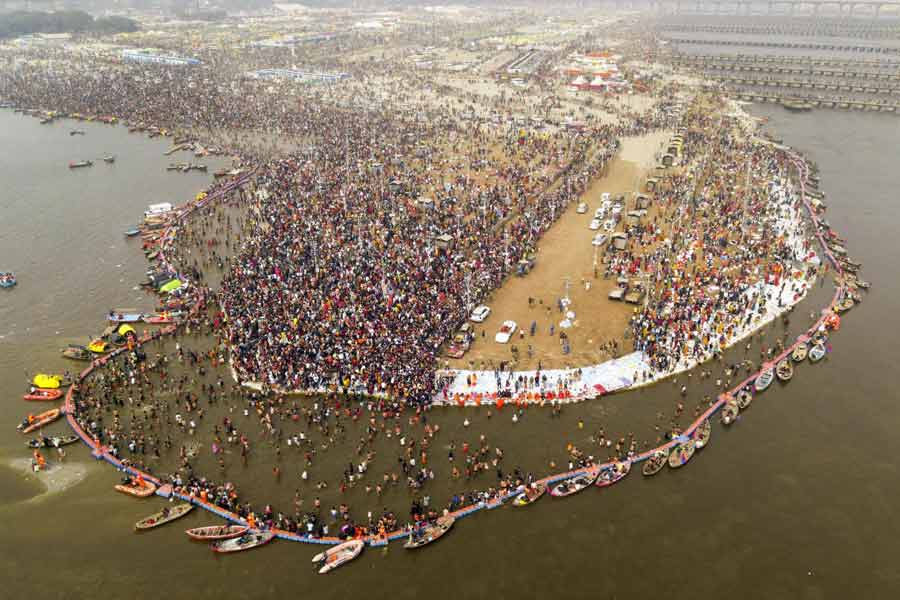The Indian Army has started “physical verification” at the transgression points at the Depsang Plains and Demchock in eastern Ladakh to ascertain the progress of the Chinese pullout according to the agreement signed by top military commanders last week, sources said on Tuesday.
Both sides have reportedly completed 90 per cent of the disengagement process.
Former army chief General Manoj Mukund Naravane has underscored that India should approach the agreement with China on patrolling with “abundant caution given the Chinese penchant for saying one thing and doing the exact opposite”.
“The physical verification is being done on the ground as well as through unmanned aerial vehicles (UAVs) to ensure whether the Chinese army has dismantled structures such as watchtowers, bunkers and tents at the two points according to the agreement signed between the two sides,” said a defence ministry official.
According to the agreement, all temporary structures and other allied infrastructure created in the area by both sides will be dismantled and mutually verified. The landforms will be restored to the pre-standoff period by both sides and both armies will pull back their military equipment to rear locations within their side of the Line of Actual Control (LAC).
An army official said India was mindful of the Galwan Valley incident in June 2020 when the disengagement exercise by the Chinese army from Patrolling Point 14 had turned awry, leading to a violent clash in which 20 Indian soldiers and four Chinese troops were killed.
“The verification is likely to be completed by Friday and after that coordinated patrolling by the two sides will start following troop disengagement,” an army official said.
In an article published in The Print on Tuesday, General Naravane wrote: “The agreement on the restoration of patrolling rights is a welcome first step, but much work still needs to be done on dis-engagement, de-escalation and de-induction before normal border management protocols come into effect.”
“The differences in the read-outs of the two countries over the current arrangement is also a cause of concern, as it is open to differing interpretations, particularly given the fact that the word ‘agreement’ is conspicuously absent in the Chinese version. Therefore, given the Chinese penchant for saying one thing and doing the exact opposite, we must approach these latest developments, however good they might seem, with abundant caution.”
Last week, New Delhi announced that India and China had reached a patrolling arrangement along the Line of Actual Control “leading to the disengagement” in eastern Ladakh, a day before Prime Minister Narendra Modi met Chinese President Xi Jinping on the sidelines of the Brics summit in Kazan, Russia. The two leaders endorsed the agreement on patrolling and disengagement along the LAC and also issued directions to revive bilateral dialogue mechanisms.
According to the agreement, the two sides have agreed to cease forward deployments in the area in a phased, coordinated and verified manner, resulting in the return of Indian and Chinese troops to their respective areas.
The Depsang Plains and Demchock were the only two friction points where no disengagement had taken place since the Chinese transgressions in eastern Ladakh in May 2020.
The two countries have already completed “partial” disengagement in four other transgression points — the Galwan Valley, Hot Springs, Pangong Lake and Gogra — by creating a demilitarised “buffer zone” with the Chinese stepping back a few kilometres while still remaining within India-claimed lines.
Winter worry
Sources said the Indian Army was again gearing up for a harsh winter, mobilising its resources and creating habitats on a war footing along the LAC to counter any potential move by the Chinese army to alter the current status quo. “This is the fifth winter since the border standoff in 2020 in the harsh terrain. The deployment of our men is the same this winter too,” said an army official.
Winter has already set in in some high-altitude areas, bringing snowfall. In this harsh terrain, temperatures can drop to minus 40 degrees during peak winter.
“The troops are being deployed in large isolated areas and high-altitude locations along the undemarcated border. New posts and shelters are being set up to keep a close watch on the PLA troops,” a security official said.
Keeping in mind the PLA’s massive deployment, the Indian Army has done a mirror deployment along the LAC, backed by battle tanks, missile systems and frequent sorties by the Indian Air Force’s combat aircraft.











